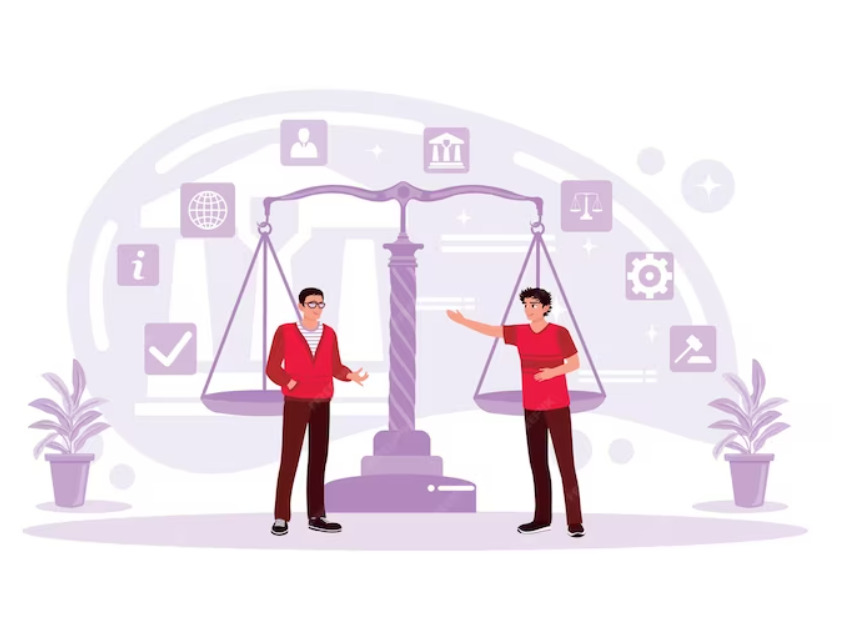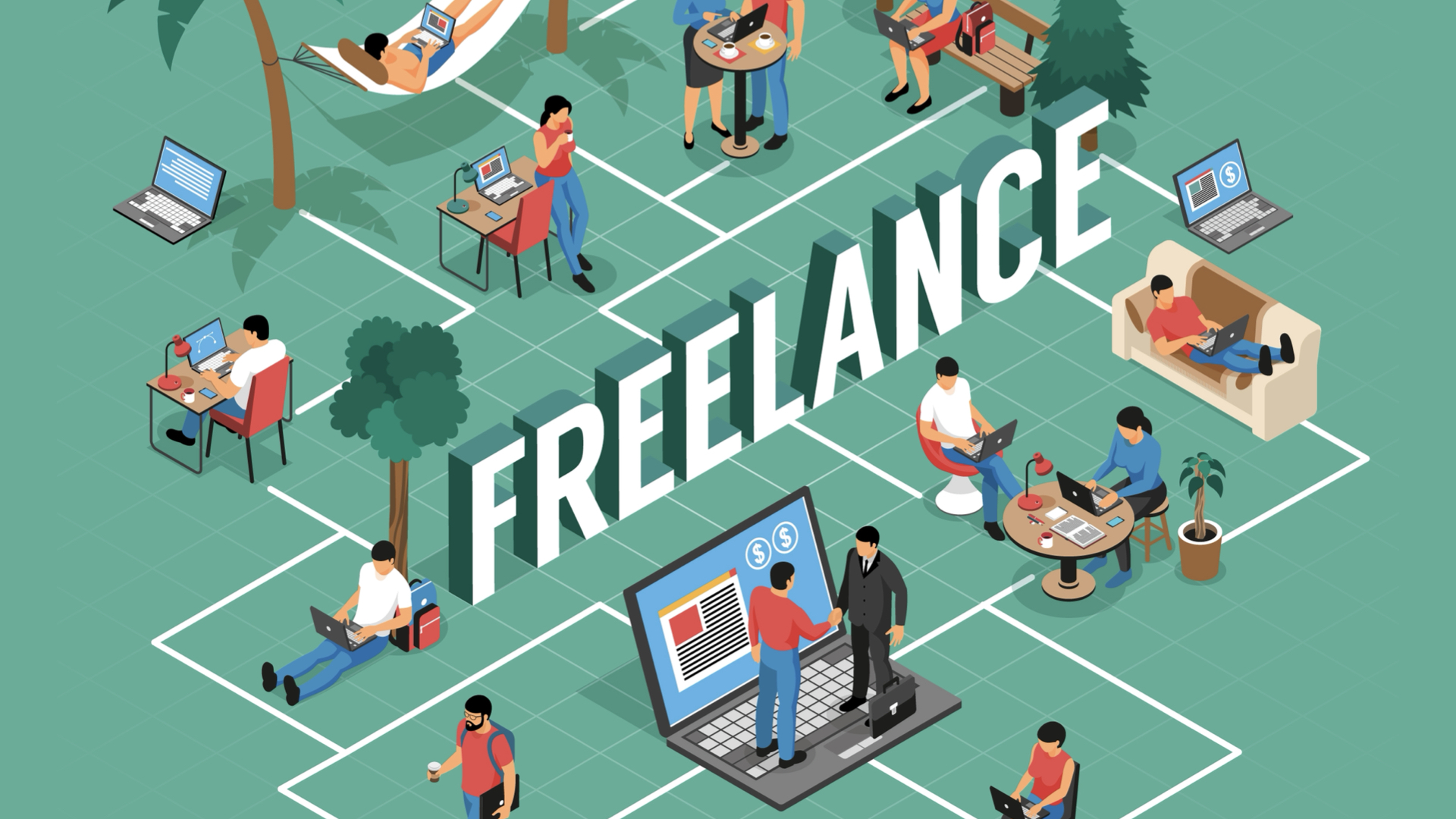In the vast and diverse world of workplaces, one principle remains constant: every employee deserves fair treatment, dignity, and protection. Whether working in an office, on a construction site, in a remote role, or in a retail store, all workers have fundamental rights that must be recognized and respected.
Creating a positive, healthy work environment isn’t just about hitting productivity targets, it’s about ensuring that the people behind the work feel safe, heard, and valued. This article explores the key aspects of employee rights and offers practical advice on how employers can uphold these rights in meaningful ways.
Understanding Employee Rights
Employee rights serve as the foundation of a fair workplace. These rights exist to protect workers from unfair treatment, ensure their safety, and provide the support they need to thrive professionally and personally.
Let’s explore the core areas of employee rights in more depth.
Fair Pay
One of the most fundamental rights of any employee is the right to fair compensation for their work. This means being paid a wage that reflects not just their time, but also their skills, responsibilities, and contributions to the organization.
Fair pay includes:
-
Minimum wage compliance: Employers must follow national or local minimum wage laws. Paying below this amount is illegal and exploitative.
-
Equal pay for equal work: Employees doing the same work, with similar responsibilities and experience, should receive equal pay regardless of gender, race, age, or other protected characteristics.
-
Transparent pay structures: Employees have the right to understand how their wages are determined and how they can progress in their compensation.
Fair compensation also extends to overtime pay, bonuses, and other forms of performance-based rewards. When employees are paid fairly, they are more motivated, loyal, and productive.
A Safe Workplace
Every employee has the right to work in an environment that prioritizes their physical and mental safety.
A safe workplace means:
-
Hazard prevention: Identifying and addressing physical risks such as unsafe machinery, poor lighting, or exposure to harmful substances.
-
Emergency preparedness: Having clear procedures for emergencies like fires, earthquakes, or health outbreaks.
-
Mental well being: Protecting employees from bullying, harassment, and toxic behaviors that harm emotional health.
Employers must also comply with safety regulations, provide necessary training, and ensure that protective equipment is readily available when needed. Promoting a culture of safety not only reduces accidents but also builds trust and morale.
Equal Opportunities
Workplaces should be inclusive, diverse, and free from discrimination. Every employee deserves a fair chance to grow and succeed based on their talents and performance, not on their background or identity.
Equal opportunity involves:
-
Fair hiring practices: Judging candidates based on merit, not personal characteristics like race, religion, gender identity, or disability.
-
Promotion and training access: Ensuring that all employees have equal access to advancement and skill building opportunities.
-
Anti discrimination policies: Actively preventing and addressing bias, prejudice, and workplace discrimination.
Inclusion doesn’t happen by accident. It requires intentional action, awareness training, and leadership commitment. When all employees feel respected and represented, companies thrive with richer ideas and stronger collaboration.
Privacy Rights
An employee’s privacy is a reflection of their dignity. While employers may need certain personal information for operational reasons, that information must be handled with care and confidentiality.
Respecting employee privacy means:
-
Handling sensitive information responsibly: From health records to personal identification details, private information should be secured and accessible only to authorized personnel.
-
Avoiding unnecessary surveillance: Monitoring employee emails, calls, or behavior should be limited to legitimate business purposes and conducted transparently.
-
Private matters stay private: Personal issues discussed with HR or management should not be shared with others unless legally required or with the employee’s consent.
Protecting privacy builds trust, encourages honest communication, and demonstrates respect for individual boundaries.
Time Off and Rest
Rest is not a luxury, it is a necessity. Employees need and deserve regular breaks, personal time, and vacation to maintain their health, relationships, and overall well being.
Time off includes:
-
Paid time off (PTO): Vacation days, holidays, and personal time to recharge without losing income.
-
Sick leave: Allowing employees to recover from illness without fear of job loss or financial penalty.
-
Family and medical leave: Supporting employees through life events such as childbirth, caregiving responsibilities, or medical emergencies.
Employers should encourage employees to use their leave, not discourage it. Promoting rest helps prevent burnout and enhances long term performance.
Caring for Employee Rights: Practical Strategies for Employers
Supporting employee rights goes beyond policies. It’s about creating a culture where fairness, transparency, and well being are actively promoted.
Here are practical steps employers can take:
Educate Your Team
Both employers and employees should understand their rights and responsibilities. Offer training sessions, easy to understand guides, and regular updates on workplace policies and legal standards. Knowledge empowers employees to advocate for themselves and builds accountability across the organization.
Establish Clear and Fair Policies
Develop comprehensive, accessible workplace policies that outline standards for behavior, compensation, safety, and communication. Make sure these policies are written in plain language and readily available to all team members.
Promote Open Communication
Create multiple channels for employees to share feedback or report concerns, anonymously if necessary. Open door policies, regular check ins, and HR support systems help create a culture where employees feel heard and supported.
Provide Competitive and Transparent Pay
Conduct regular salary audits to ensure pay equity across your team. Be clear about how compensation is determined and provide opportunities for raises, performance bonuses, and professional growth.
Prioritize Health and Safety
Stay compliant with safety regulations and go beyond the minimum. Offer training, provide necessary equipment, and foster a proactive approach to identifying risks. Also, support mental health through resources like counseling or wellness programs.
Respect Boundaries and Privacy
Limit the collection and sharing of personal data to what is legally required and necessary. Train your team on data protection and respect employees’ private lives. Respect for privacy leads to greater trust and satisfaction.
Support Work Life Balance
Offer flexible scheduling, remote work options, and family friendly policies when possible. Recognize that employees have lives outside of work and value their time by respecting off hours and vacation periods.
Act Swiftly on Complaints and Violations
When issues arise, act quickly, fairly, and confidentially. Investigate thoroughly and take appropriate action while treating all parties with respect. Swift responses prevent issues from escalating and protect the workplace environment.
FAQ: Employee Rights in the Workplace
What are employee rights?
Employee rights refer to the legal and ethical standards that protect workers in the workplace. These include fair wages, safe working conditions, non-discrimination, privacy, and the right to take time off for rest or personal needs.
Do all employees have the same rights?
Most employees are protected by the same basic labor laws, but the specific rights can vary depending on employment status (full time, part time, contractor) and location. Always consult local labor laws or legal resources for accurate information.
Can an employer monitor employee emails or activities?
Employers can monitor work related communications within reason and with proper policies in place. However, they must inform employees and avoid invading personal privacy or monitoring unrelated activities.
What should I do if I feel my rights are being violated at work?
Document the situation, speak to your HR department or supervisor, and review company policies. If the issue is not resolved internally, you may consider seeking legal advice or contacting labor protection agencies in your area.
Is it legal to talk about salary with coworkers?
Yes. In many regions, employees have the right to discuss wages with one another. This transparency can help uncover pay disparities and ensure fairness in compensation.
How can employers make sure they’re respecting employee rights?
Employers should stay informed about labor laws, provide regular training, listen to employee concerns, maintain clear policies, and create systems for fair treatment. Seeking professional HR or legal advice can also help ensure compliance.
What happens if an employer violates employee rights?
Consequences can include legal penalties, lawsuits, reputational damage, and reduced employee morale. It’s in every employer’s best interest to respect and protect the rights of their team.
How can I learn more about my rights as an employee?
Check your employment contract, company handbook, and national labor laws. Government websites and non profit worker advocacy organizations are excellent sources for accurate, up to date information.
Conclusion
Respecting employee rights is not just about following laws or avoiding penalties, it’s about fostering a workplace where people feel safe, valued, and empowered. When employees know their rights are protected, they are more engaged, more productive, and more likely to stay committed to their roles.
Fair pay, safety, privacy, equal opportunity, and time to rest are not optional extra, they are essential pillars of a healthy work environment. Employers who take the time to understand and uphold these rights show that they care not only about performance but about the people behind the work.
Building a culture of fairness and respect doesn’t happen overnight, but every step toward greater awareness, transparency, and compassion makes a lasting impact. By prioritizing employee rights, organizations lay the groundwork for stronger teams, better morale, and long-term success.
In the end, caring for your employees is one of the most powerful ways to care for your business.











